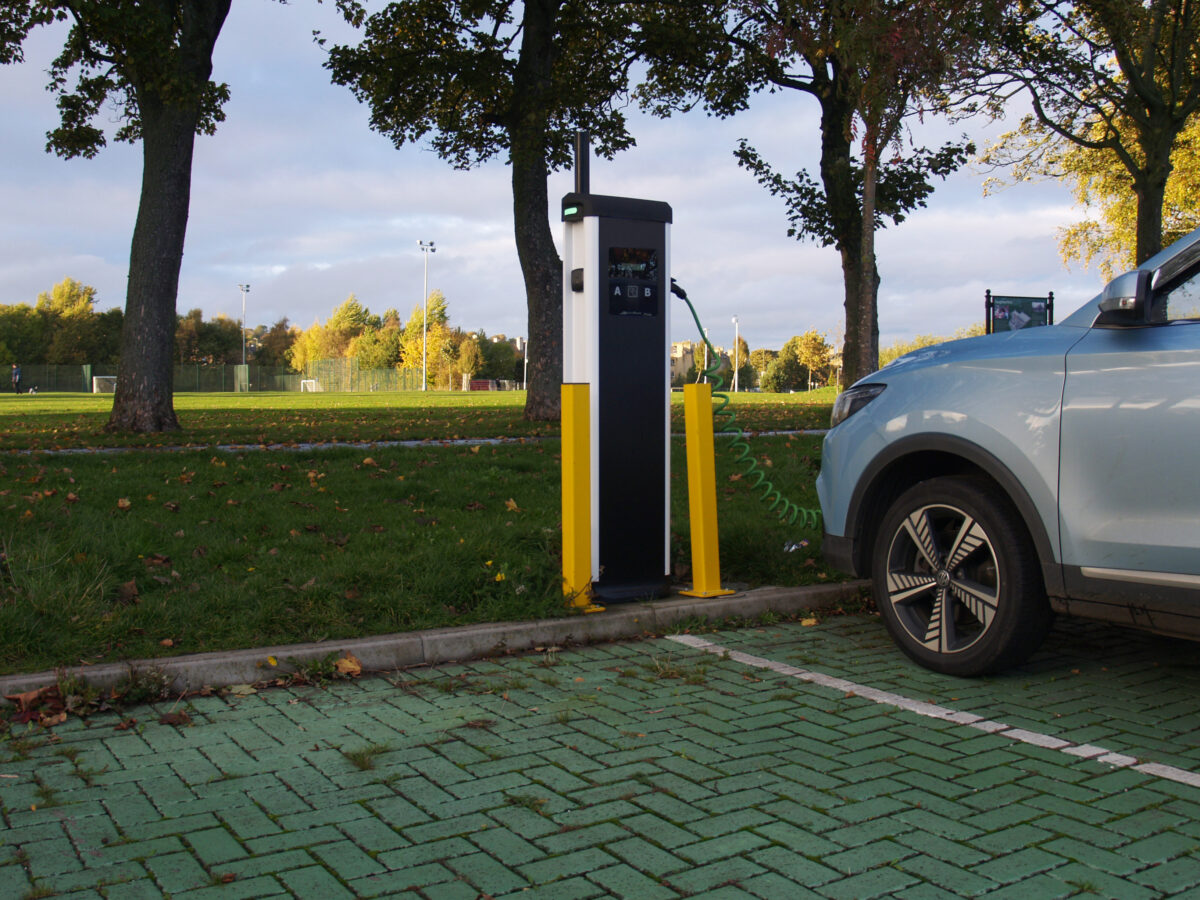We asked ChatGPT for a case study about the conversion of an existing car parking space to public EV charging

As a subject matter expert in electric vehicle (EV) infrastructure, I have been tasked with evaluating the feasibility of converting an existing car parking space to a public EV charging station. The goal of this case study is to provide a comprehensive analysis of the process, costs, benefits, and potential challenges associated with this project.
Background: The car parking space in question is located in a busy commercial area in a major city. It is currently used by employees of a nearby office building and is typically at or near capacity during business hours. The building owners are interested in exploring the possibility of converting this parking space into a public EV charging station to provide a valuable service to the community and attract new customers.
Feasibility: The first step in the process is to determine if the site is suitable for an EV charging station. This involves evaluating the electrical infrastructure, parking space configuration, and local regulations. After conducting a site survey, it was determined that the site is suitable for a Level 2 charging station, which requires a 240-volt circuit. The parking space can accommodate up to two EV charging stations with ample space for vehicles to manoeuvre in and out of the space. Local regulations were also reviewed, and it was found that there are no significant barriers to the installation of an EV charging station at this location.
Costs: The costs associated with converting the parking space to an EV charging station can be broken down into three categories: infrastructure, equipment, and ongoing maintenance. Infrastructure costs include the installation of electrical service, conduit, and wiring from the utility meter to the charging station location. Equipment costs include charging stations, mounting hardware, and a payment system. Ongoing maintenance costs include routine inspections and repairs, as well as software updates and electricity costs.
Benefits: There are several benefits to converting the parking space to an EV charging station. First and foremost, it will provide a valuable service to the community by allowing EV drivers to conveniently charge their vehicles while running errands or shopping in the area. This can help attract new customers to the nearby businesses, as well as increase the visibility of the building and its owners. Additionally, installing EV charging stations can enhance the building's sustainability and promote its commitment to reducing its carbon footprint. Finally, the building owners may be eligible for federal and state tax incentives for installing EV charging stations.
Challenges: There are several potential challenges associated with converting the parking space to an EV charging station. The most significant challenge is ensuring that the charging stations are used fairly and efficiently. This can be addressed by implementing a payment system that charges users for the time they spend charging their vehicle, rather than a flat fee. Additionally, the building owners must ensure that the charging stations are maintained and kept in good working order to prevent downtime or malfunctions.
Conclusion: Based on the analysis presented in this case study, converting the parking space to an EV charging station is a feasible and potentially beneficial project for the building owners. While there are costs and challenges associated with the project, the benefits of providing a valuable service to the community and promoting sustainability outweigh the drawbacks. With proper planning and implementation, the building owners can successfully convert the parking space to an EV charging station and contribute to the growth of the EV infrastructure in the area.
